Business Finance Assignment: Portfolio Return, NPV, and Risk Analysis
VerifiedAdded on 2023/01/10
|6
|787
|97
Homework Assignment
AI Summary
This assignment solution delves into key concepts of business finance, encompassing the calculation of portfolio return, analysis of risk-reward ratios, and the application of Net Present Value (NPV) analysis. Question 1 focuses on calculating portfolio return using beta, expected return, and risk-free rate, alongside the interpretation of risk-reward ratios for different shares (A, B, and C) to assess their pricing. Question 2 presents a detailed NPV analysis for a new product launch, including cash flow statements, depreciation calculations, and an interpretation of the project's feasibility. The analysis considers initial investments, projected sales, variable costs, and tax implications to determine the project's profitability, ultimately concluding whether the project should be accepted based on a positive NPV. The solution provides a comprehensive understanding of financial analysis techniques relevant for investment decisions.
1 out of 6
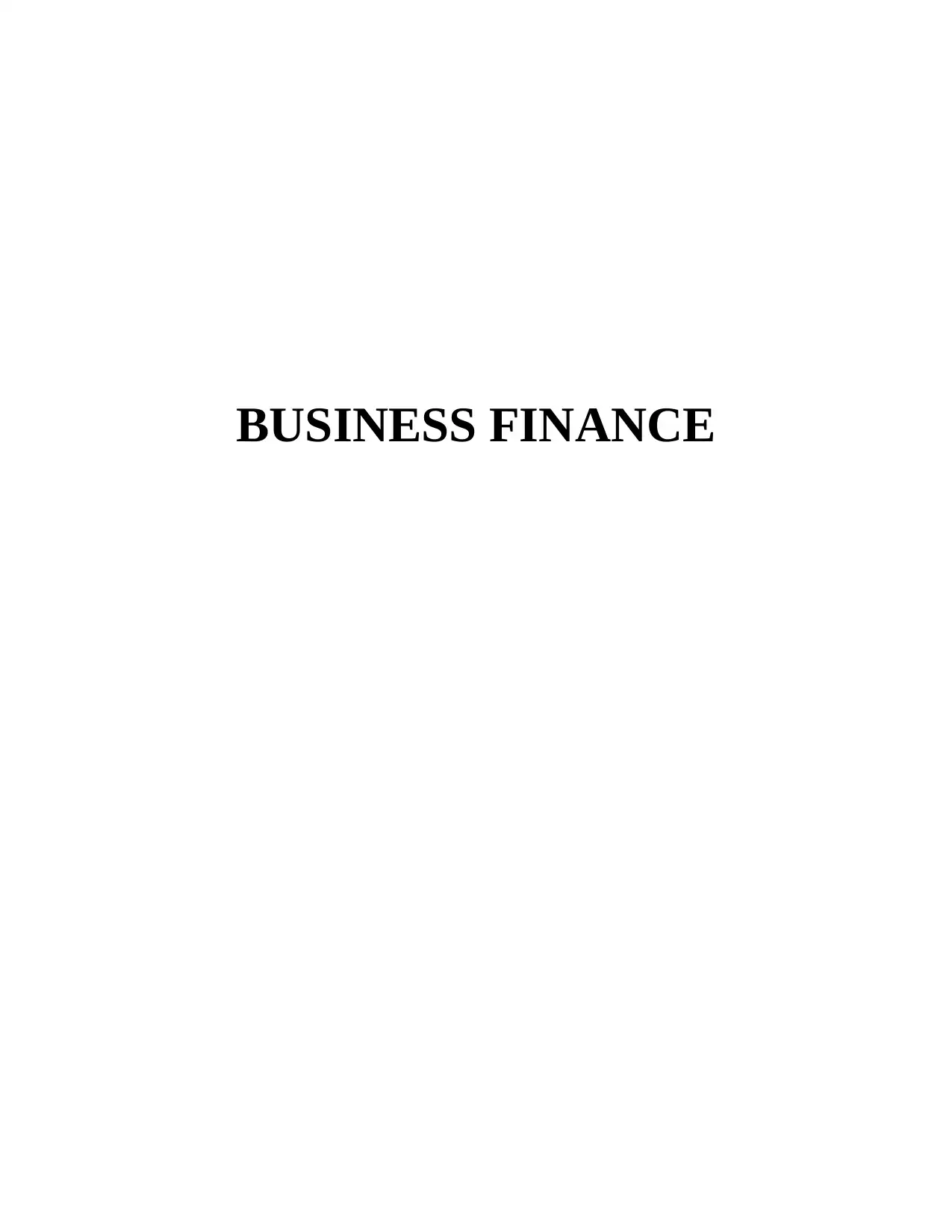
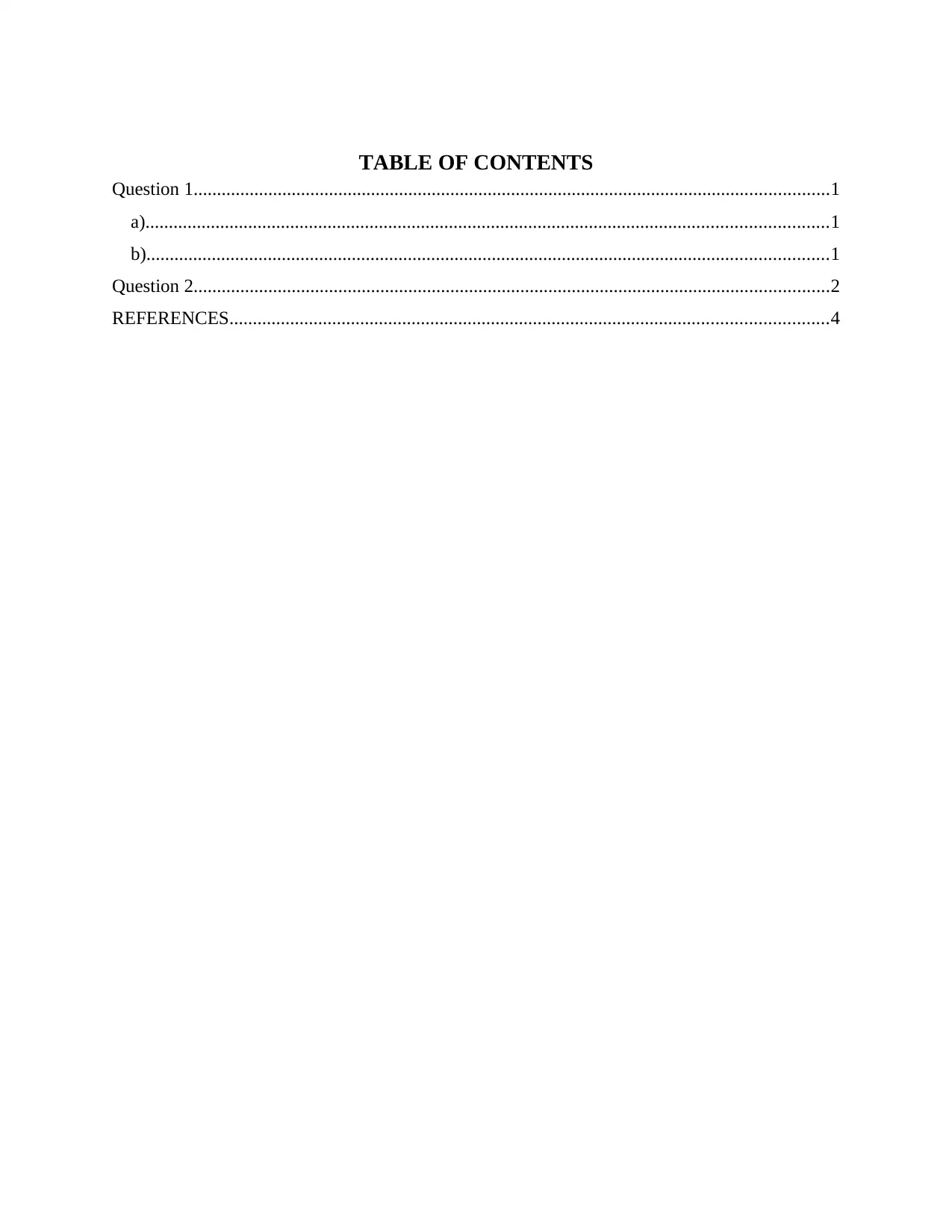
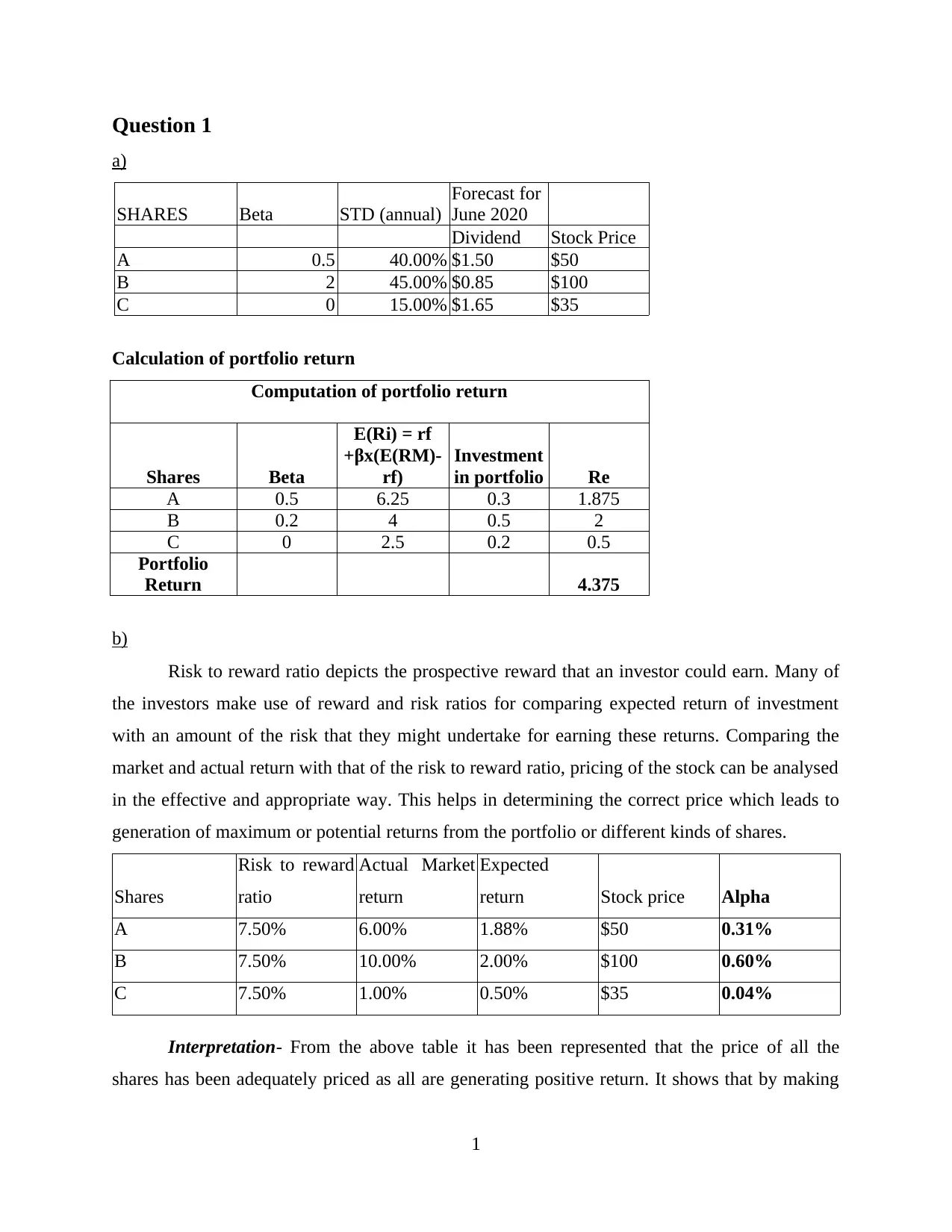

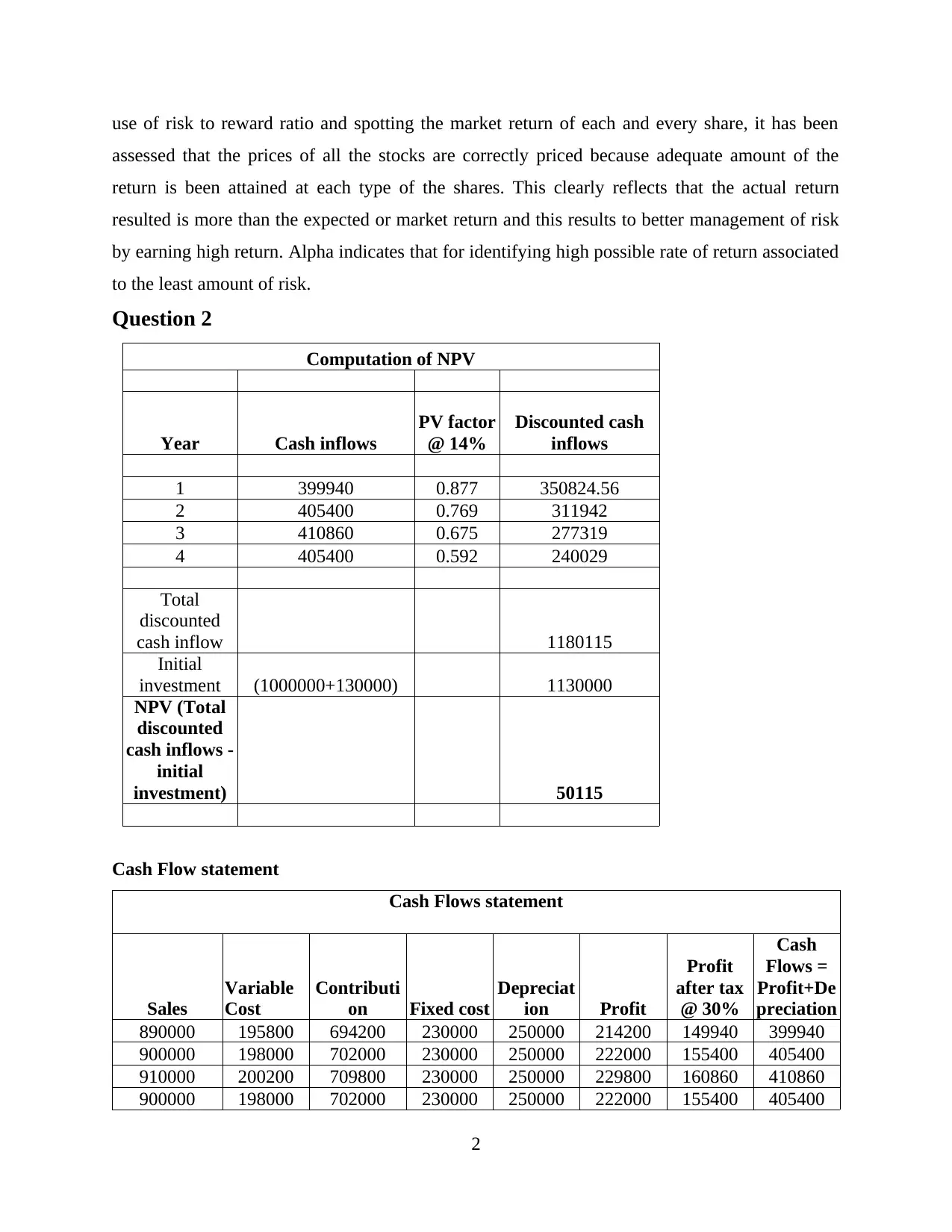
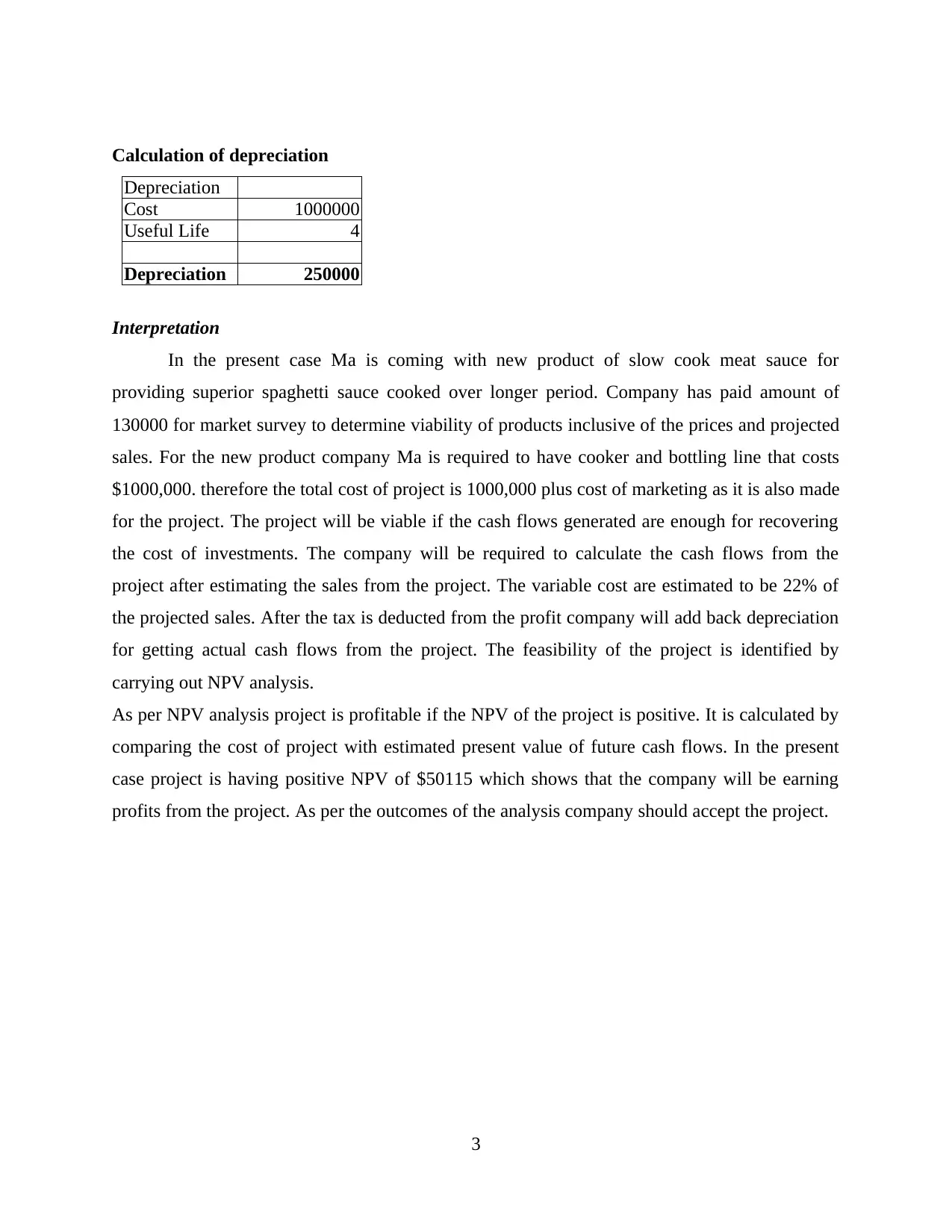
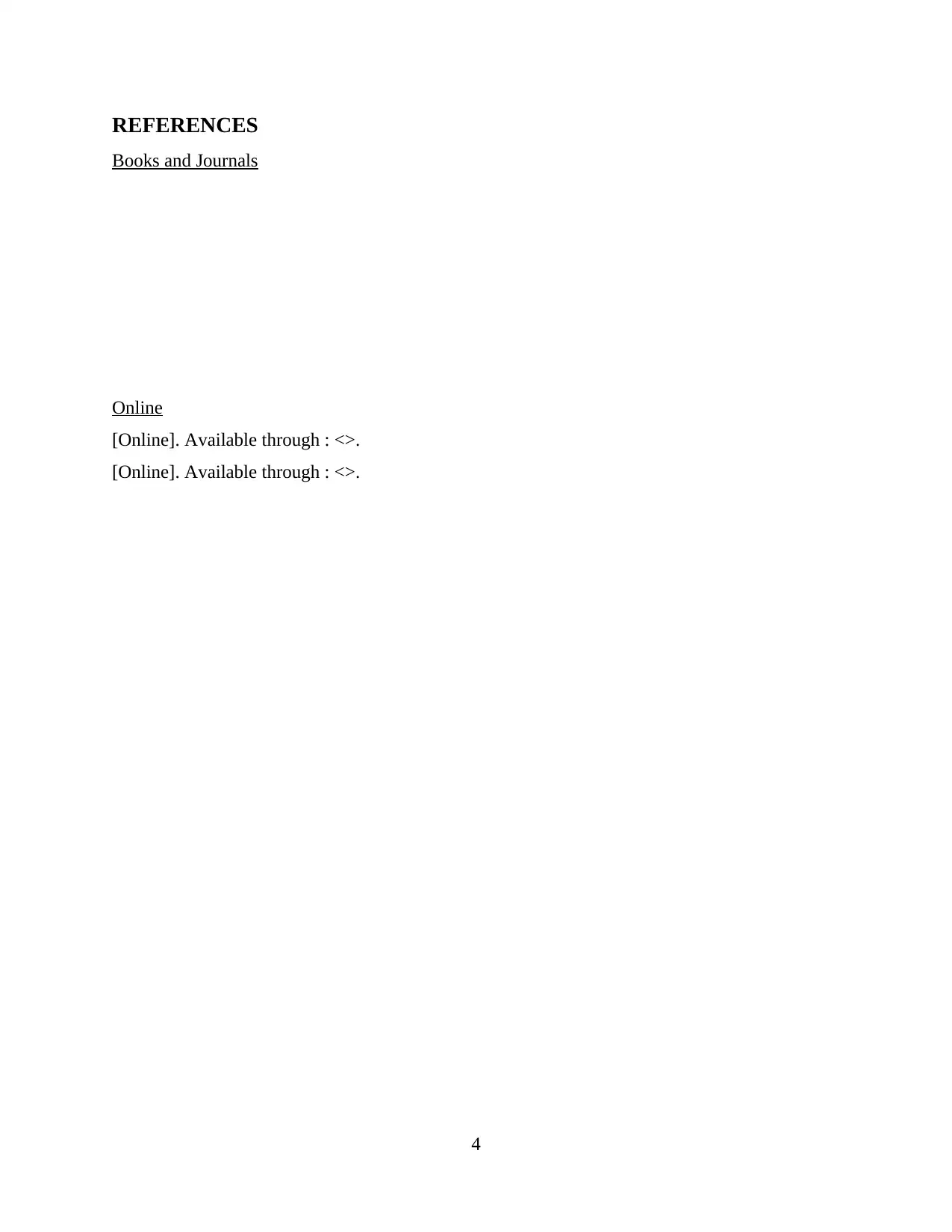
![[object Object]](/_next/static/media/star-bottom.7253800d.svg)